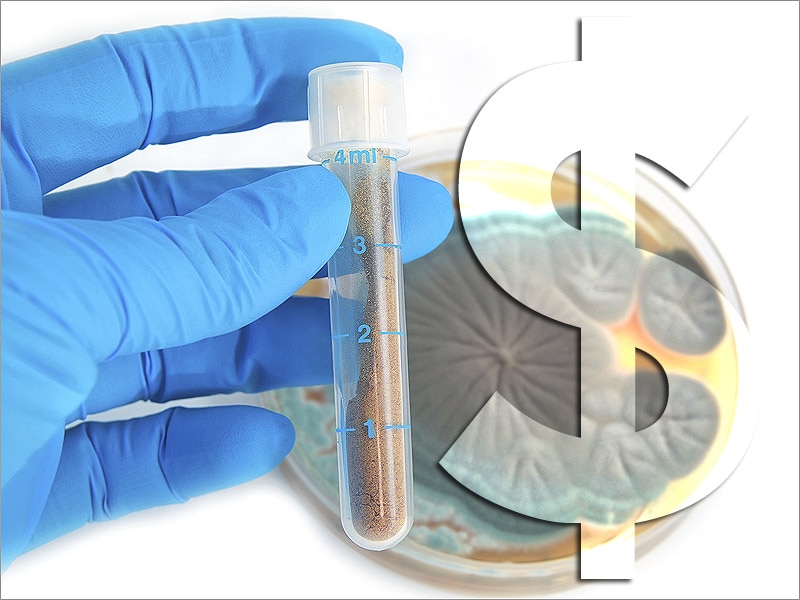IF YOU HAVE HAD A SIMILAR EXPERIENCE AT SOTH NASSAU COMMUNITIES HOSPITAL PLEASE CCONTACT HERE
this hospital also administered ringer's solution simultaneously with cefatriaxone an anti iotic inactivated by ringer 's solution until the patient pointed out this glaring incompatability
danger at south nassau be warned an be vigilant
robert clark
anthony lyons
omar saleem et al
Is This Patient Really Allergic to Penicillin?
|
Hello. I am Katherine Fleming-Dutra, a pediatrician with the Division of Healthcare Quality Promotion at the Centers for Disease Control and Prevention. Over the next few minutes, I will provide you with important information on how you can evaluate and diagnose penicillin allergy in your patients.
Approximately 10% of all US patients report having had an allergic reaction to a penicillin-class antibiotic in the past. However, less than 1% of the population has an immunoglobulin E (IgE)–mediated reaction to penicillin, indicating a true drug allergy. Why is there such a difference between the number of patients reporting penicillin allergies and the number of patients who actually have penicillin allergies? Some patients who report penicillin allergies may never have had true allergies: They may have had side effects or a symptom of the underlying illness that was interpreted as an allergy, such as a viral exanthema or rash in a child on amoxicillin. Furthermore, even patients with true penicillin allergies may lose the allergy over time. In fact, about 80% of patients with an IgE-mediated penicillin allergy lose their sensitivity by 10 years after their reaction.[1]
Why is it important to revisit penicillin allergies when alternative antibiotics can be used? Broad-spectrum antibiotics, such as macrolides and fluoroquinolones, are often used as alternatives to penicillins, so correctly identifying those patients who are not actually penicillin-allergic can reduce the unnecessary use of broad-spectrum antibiotics.
Before prescribing alternative or broad-spectrum antibiotics in place of a penicillin to a patient thought to be penicillin-allergic, evaluate your patient for true penicillin allergy. A good history is key,[1] so ask these questions:
It is important to remember the characteristics of an IgE-mediated reaction, which occur immediately or within 1 hour of exposure.[1] Signs and symptoms of an IgE-mediated reaction include hives,[3]angioedema, wheezing, shortness of breath, and anaphylaxis.[1] Anaphylaxis occurs when two or more organ systems are affected.[4,5]
Penicillin skin tests should not be performed on patients with other severe hypersensitivity reactions to penicillins, such as Stevens-Johnson syndrome or toxic epidermal necrolysis.[1,2,6] So, when should you consider penicillin skin testing for a patient? If your patient has a history consistent with an IgE-mediated reaction to penicillin, then consider a penicillin skin test.[5] Skin tests can be done when the patient is well and does not need an antibiotic. Then, if the patient becomes ill at a later time, a penicillin antibiotic can be used, if indicated. Alternatively, penicillin skin testing can be performed at the time that the patient requires treatment with a penicillin. Penicillin skin testing should be done by a provider who is trained in penicillin skin testing and challenge doses, and prepared to treat anaphylaxis. If you suspect that your patient has a penicillin allergy but you are not experienced with penicillin skin tests and challenge doses, you can refer your patient to an allergist.
Penicillin allergies are due to IgE-mediated reactions to penicillin's reactive intermediates, called antigen determinants. Currently available penicillin skin tests include the major antigenic determinant penicilloyl-polylysine. However, your patient can also be allergic to other reactive intermediates—the minor determinants, of which only penicillin G is available from pharmacies. If the skin test is negative, you can follow the skin test with an oral penicillin–class challenge, such as with amoxicillin, to safely rule out an IgE-mediated penicillin allergy.[1,7] The negative predictive value of skin testing with major and minor determinants plus a challenge dose approaches 100%, meaning that if both the skin test and challenge test are negative, a penicillin allergy can safely be ruled out.[2]
Finally, many cephalosporins, especially the later generations, can be safely tolerated even in patients with penicillin allergies.[6,8] Patients with anaphylaxis or other severe reactions to penicillin may require further evaluation prior to the use of cephalosporins.
For additional information, please visit CDC Get Smart.
Web Resource



No comments:
Post a Comment